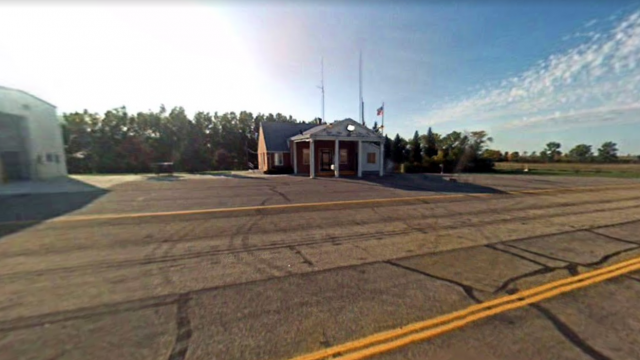Let’s Not Make It Harder for Our Canadian Friends to Visit North Dakota

Last week Governor Doug Burgum sent a letter (see below) to U.S. Customs and Border Protection urging them not to limit the hours of three ports of entry along North Dakota’s border with Canada (map).
The hours of operation for the U.S. side of the crossings at Antler, Carbury, and Maida are 9am to 10pm.
Under proposed changes, set to go into effect later this year, the closing time would change to 5pm at Antler and 7pm at Carbury and Maida.
The argument from the feds is that traffic drops off in the evening hours, and so the cost of leaving the ports open is not a good use of taxpayer dollars.
Burgum points out in his letter that, in recent years, traffic across the border has been increasing. Narrowing the hours of operations of these ports would have the consequence of throttling that traffic.
This chart is from his letter:
To add to that argument, I’d note that traffic across the Canadian border can be a bit of a roller coaster, and it would be a mistake to make changes to how the ports of entry operate based on recent information.
I requested some sales tax data from North Dakota Tax Commissioner Ryan Rauschenberger. “Under state law, Canadians can keep their receipts for purchases of items that they bring back to Canada, make a request to our office and get a refund of the sales taxes (state and local),” he told me, noting that this mostly impacts Minot, Fargo, and Grand Forks.
The data I got from him is an accounting of those requests for the last decade (including year-to-date data for 2019):
In 2019 so far, Canadians have spent about $10.1 million in North Dakota, though that’s hardly a comprehensive number. The actual economic impact of Canadian visitors to North Dakota is much more significant when you consider a) these are just the purchases for which sales tax refunds have been requested, and b) they can only get a refund on things they bring back to Canada. “It is important to note that they can’t get tax refunds on tax for hotel stays, restaurant or bar/alcohol purchases because they are ‘consumed’ here in ND,” Rauschenberber told me.
Even with those limitations on this data, it’s worth remembering that not so long ago, Canadians requested tax refunds on nearly $50 million in purchases in North Dakota.
That’s a significant economic impact even before we consider that the actual number is much larger than the limited picture this data paints.
There are a lot of reasons why that impact goes up and down over time. The value of the Canadian dollar, relative to the U.S. dollar, is always a consideration, as are other issues like trade policy. Once upon a time, when I worked in retail, there was an influx of Canadian ranchers seeking out a particular type of livestock medication in America. Due to some arcane set of regulations or tariffs, the same drug was two-to-three times more expensive north of the border. That price difference drove hundreds of thousands of dollars worth of additional sales for the company I worked for.
The feds may be seeing decreased traffic right now. Still, it would be a mistake to change the port of entry hours because the variables that impact Canadian commerce in North Dakota are complicated and can change very quickly.
What doesn’t change quickly is bureaucracy.
The last thing we want is slow-moving bureaucracy throttling the access Canadians have to our communities (and vice versa, because American commerce is important to our northern neighbors as well).
[scribd id=434442265 key=key-bBVidVttHGWizwOpU9Qk mode=scroll]






